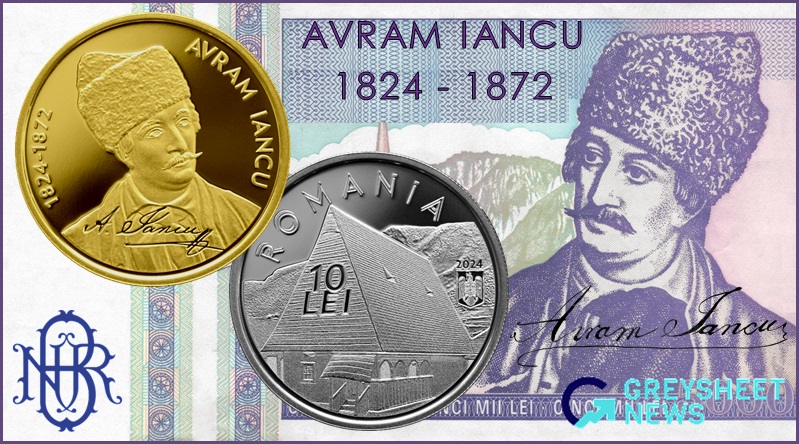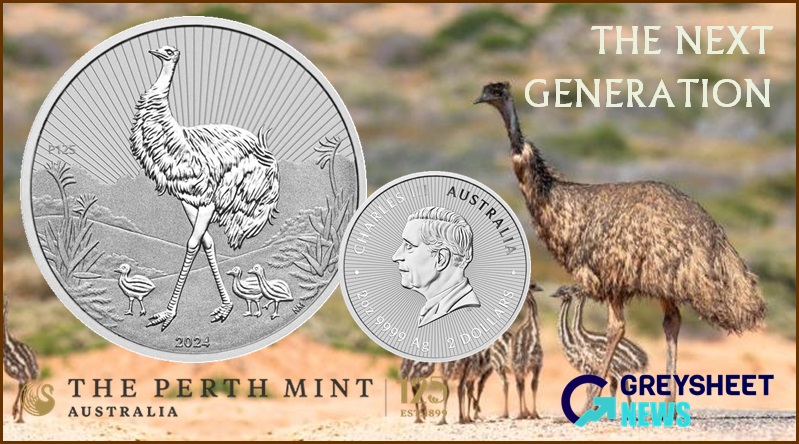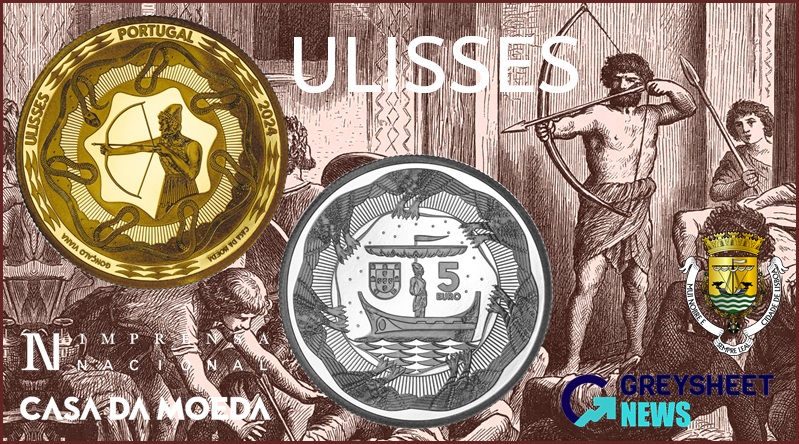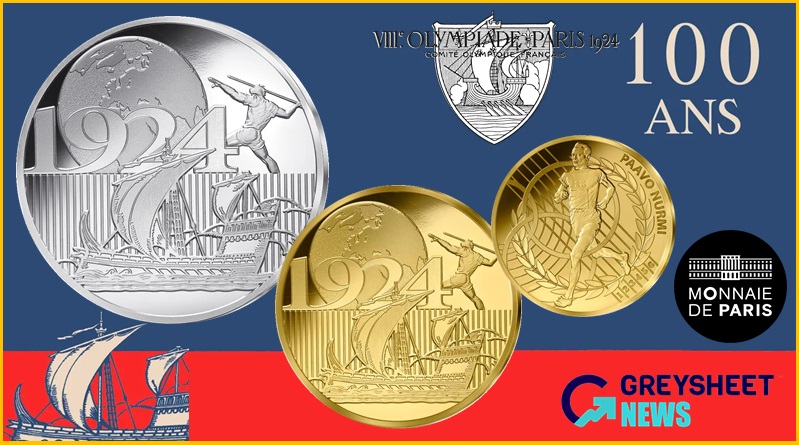Romania: New Gold and Silver Proof Coins Honour National Hero Avram Iancu’s Bicentenary of Birth Anniversary
Romania’s National Bank have released new gold and silver proof coins to mark the bicentenary anniversary of the birth of national hero Avram Iancu.
Born in the village of Vidra de Sus, Transylvania, the same village is now named Avram Iancu, Alba County but was then part of the Austrian Empire. Avram Iancu’s family were peasants who had been emancipated from serfdom. Little is known today about Iancu's childhood nor was the exact day of his birth recorded but it is believed he was born during July or August. His father Alisandru was able to send his son to school which he completed at the age of 17. He went on to further education and studied the law profession, and became a law clerk in a larger municipality. It was at this time that Iancu learned about the uprisings of March 1848 in Vienna and Pest. Ultimately, the uprising would include Transylvania, a region under the unofficial authority of Hungary but part of the wider Austro-Hungarian Empire and largely populated by Romanians. During this time, Hungarian insurgents called for the official and formal re-unification of Transylvania with Hungary which was opposed by Romanian Wallachian revolutionaries, now led by Iancu and against imperial Austrian forces led by field marshal Karl von Urban. After the Hungarian revolt was crushed, Transylvania remained under military administration for several years, and the 1848 March Constitution of Austria defined the Principality of Transylvania as being a separate crown land that was now entirely independent of Hungary. The new laws proclaimed that the Romanian language and religion including Greek Catholic and Eastern Orthodox were to be elevated to the same rank as those of the other nations, thus granting Romanians complete equality of rights with the rest of the inhabitants of Transylvania. As part of the negotiations of separation, serfdom was also officially abolished.
However, the status did not last long as Austrian Emperor Franz Josef attempted to repair relations with his Hungarian subjects and in 1865 dissolved the Diet located in the town of Sibiu. In its place, the Emperor convened a new diet in the town of Cluj, appointing deputies which now favoured Hungarian interests. As a result in November 1865, the new Transylvanian Diet voted for the affiliation with Hungary and the Grand Principality of Transylvania was officially incorporated into Hungary within the Dual Monarchy.
Having had such an impact on the earlier outcome of Transylvania’s status took its toll on Iancu as even during the region’s autonomy, he was arrested, released and censored throughout his life. His personal library was confiscated and he was placed under constant surveillance. He was even arrested a second time in 1852, as Imperial authorities presumed that his presence alone served to inflame local sentiments.
After Iancu suffered a nervous collapse, he spent the rest of his life traveling the Apuseni Mountains, and living on whatever alms that the impoverished local townsfolk could spare for him. Many in the town remembered him for his singing sad Romanian peasant songs and playing his flute. Avram Iancu died on the 10th September 1872, at Baia de Criș at the age of 48. He was buried according to his wish in the village of Tebea where by tradition is the place that the Revolt of Horea, Cloșca and Crișan had started.
The region of Transylvania was eventually ceded to the Kingdom of Romania in 1920 as a result of the aftermath of World War I. After Romania’s restoration of democracy in 1989, an image of Avram Iancu was depicted on new Romanian 5000 Lei banknotes as tribute to his heroism. He was officially declared a Hero of the Romanian Nation in November 2016 by the Parliament of Romania and President Klaus Iohannis.

The gold, silver and base metal proof coins are produced by the Monetăria Statului, Romanian State Mint at their facilities in Bucharest on behalf of the National Bank. The obverse side shared on all three options includes a three-quarter profile portrait of Avram Iancu facing to the right and based on an oil portrait painted in 1849 by Romanian artist Barbu Iscovescu (1816–1854). Iancu’s facsimile signature is superimposed and placed just under his image. The commemorative years 1824 - 1872 is seen along the left rim and the additional text AVRAM IANCU is placed along the right rim. The reverse side depicts Iancu’s birth home located in the village named in his honour. To the right is the shield or crest of Romania and above the primary design is the text ROMANIA. Superimposed over the house is the denomination of each option – 500 LEI (gold) 10 LEI (silver) and 1 LEU (brass).
| Denomination | Metal | Weight | Diameter | Quality | Mintage limit |
| 1 Leu | Brass | 23.5 | 37 mm. | Proof | 5,000 |
| 10 Lei | .999 Silver | 31.1 g. | 37 mm. | Proof | 5,000 |
| 500 Lei | .999 Gold | 31.1 g. | 35 mm. | Proof | 1,000 |
Available from the 17th April, each encapsulated coin is accompanied with a certificate of authenticity containing the signatures of the NBR governor and the central cashier. They are available directly through the Bucharest, Cluj, Iasi, and Timişoara regional branches of the National Bank of Romania. For additional information, please visit the website of the National Bank of Romania.

Download the Greysheet app for access to pricing, news, events and your subscriptions.
Subscribe Now.

Subscribe to CPG® Coin & Currency Market Review for the industry's most respected pricing and to read more articles just like this.
Author: Michael Alexander












Please sign in or register to leave a comment.
Your identity will be restricted to first name/last initial, or a user ID you create.
Comment
Comments